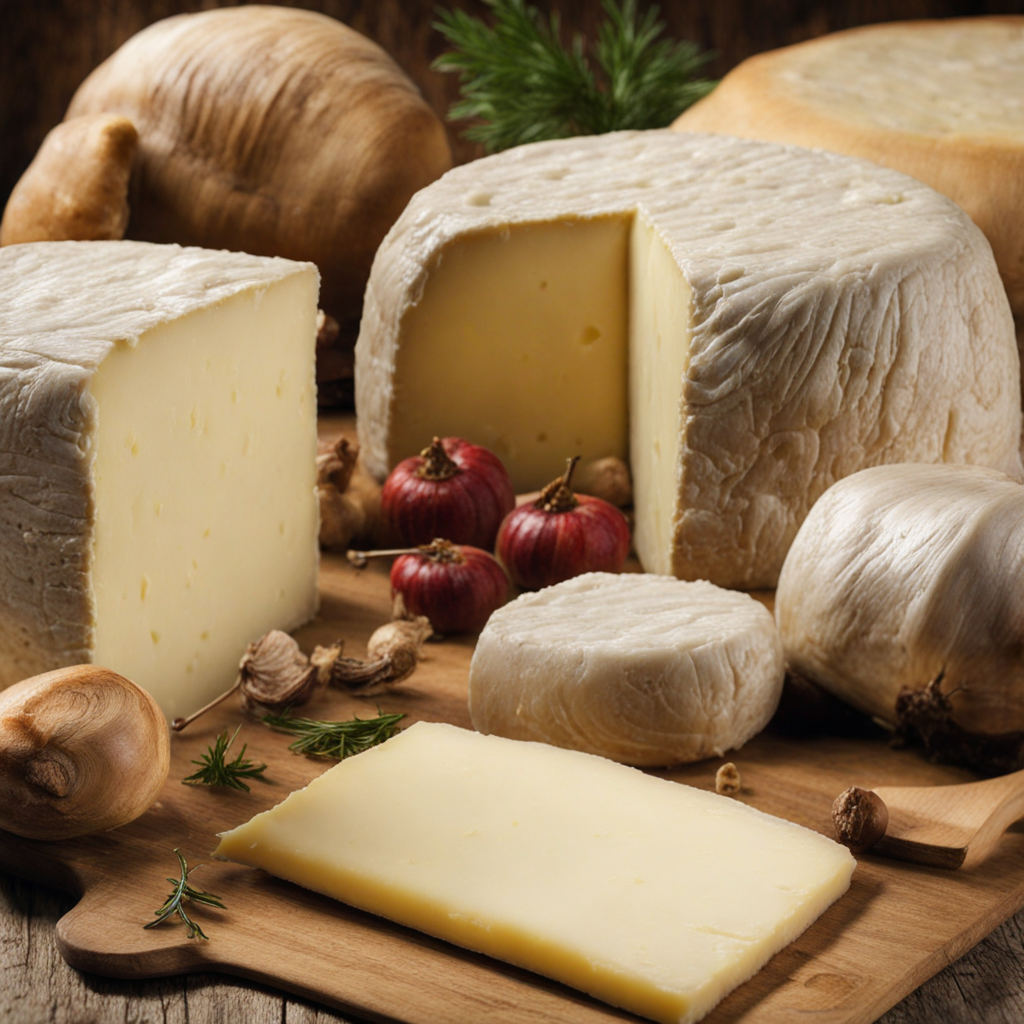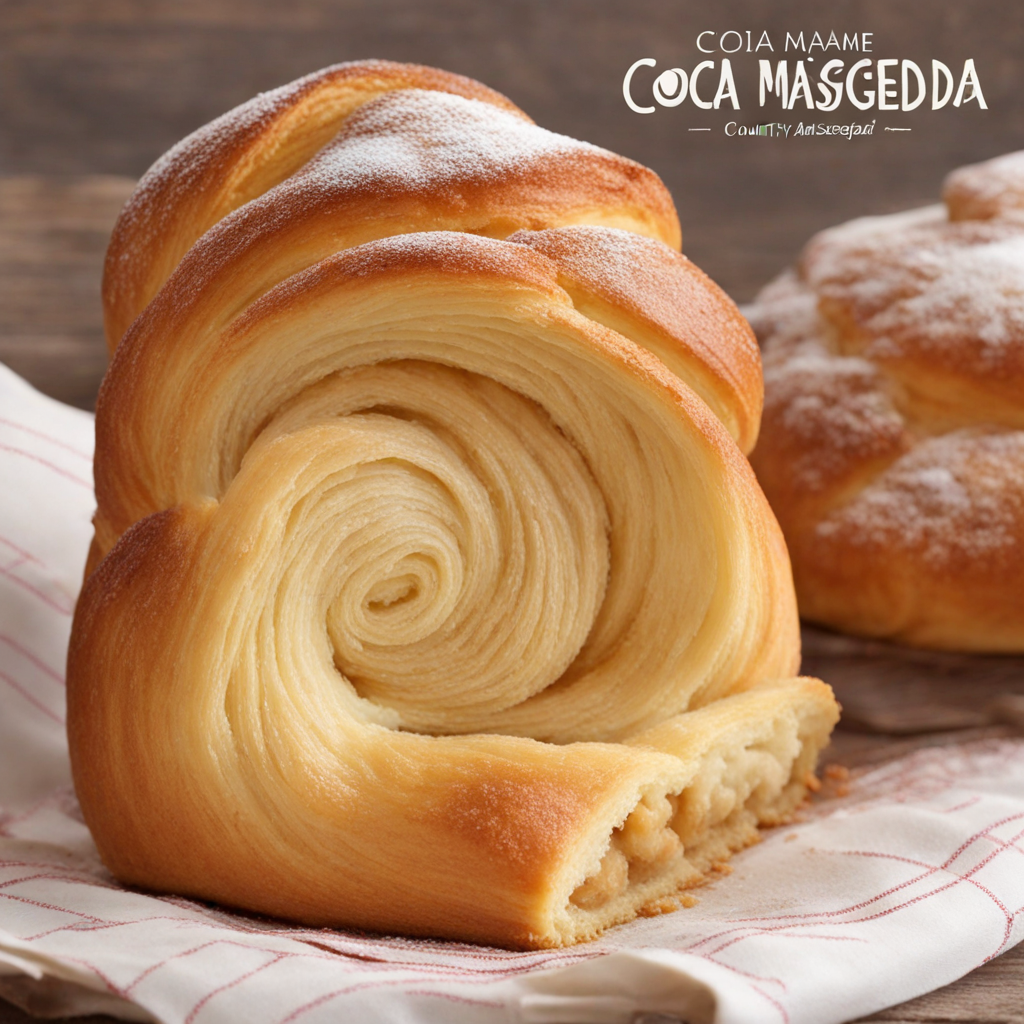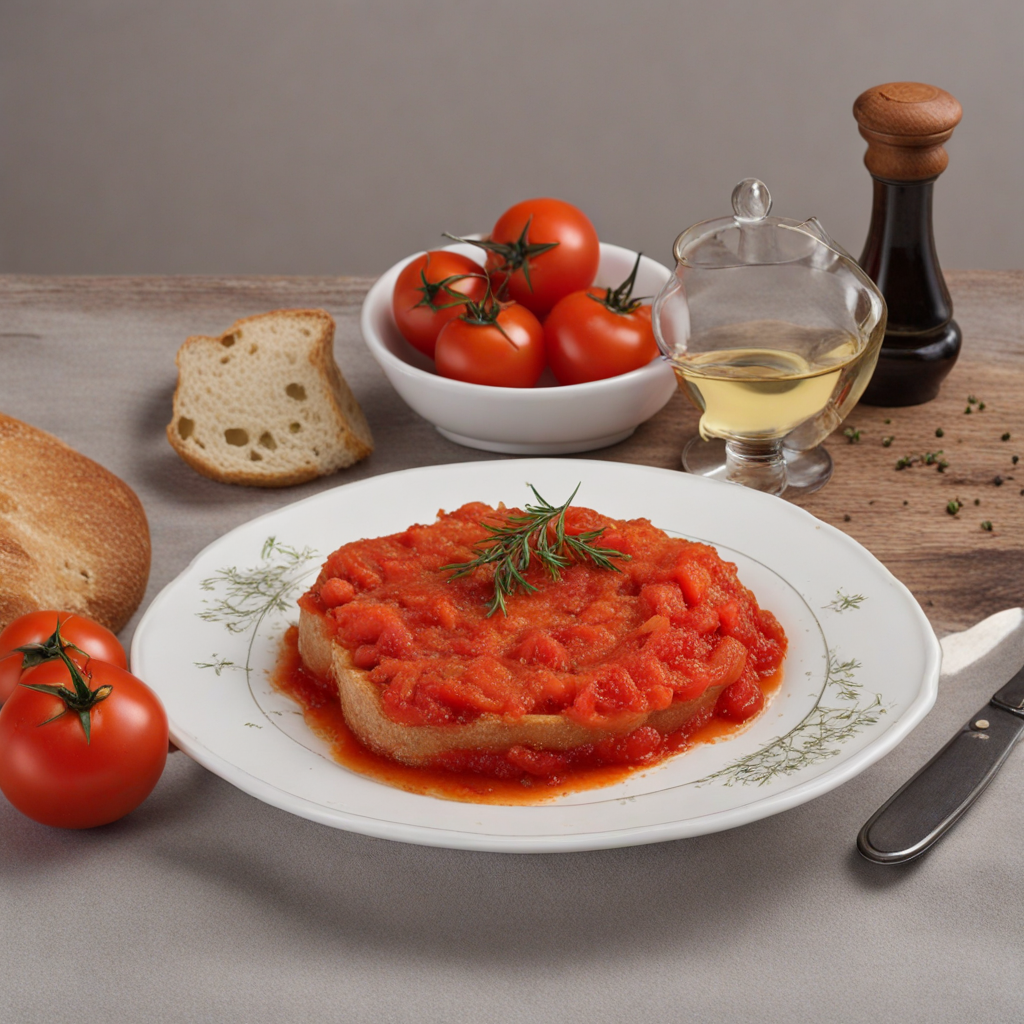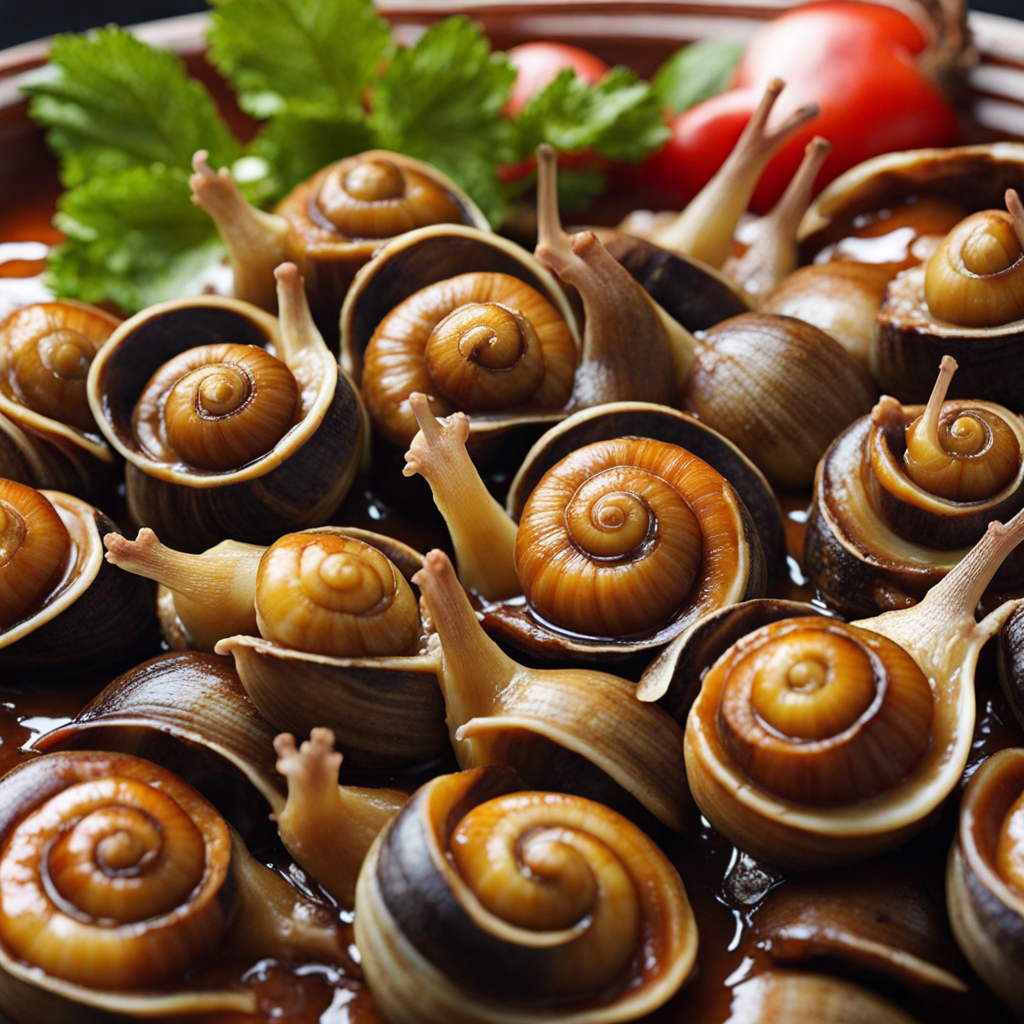Tupí
Tupí is a traditional dish from Andorra that encapsulates the rustic charm of the Pyrenees. This hearty specialty is primarily made from a base of cornmeal, which is cooked until it reaches a creamy consistency. The dish is often enriched with local ingredients such as cheese, butter, and sometimes even pieces of cured meats, creating a comforting and filling meal that reflects the agricultural heritage of the region. The texture is smooth and somewhat sticky, allowing it to be enjoyed as a side dish or a standalone comfort food. The flavor profile of Tupí is a delightful blend of earthy and nutty notes from the cornmeal, complemented by the richness of the dairy used in its preparation. The addition of local cheeses, often tangy and sharp, adds depth to the dish, while the cured meats introduce a savory element that enhances the overall taste experience. When served warm, Tupí offers a satisfying warmth that is particularly appealing in the cooler mountain climate of Andorra. Traditionally, Tupí is served in a communal style, encouraging sharing and fellowship among diners. It is often accompanied by a side of pickled vegetables or a simple salad, which provides a refreshing contrast to the dense and creamy nature of the dish. For those looking to explore new culinary landscapes, Tupí presents an inviting opportunity to experience the comforting flavors of Andorran cuisine, making it a must-try for any adventurous food lover.
How It Became This Dish
The History of Tupí: Andorra's Culinary Gem Tupí is a traditional dish from Andorra, a small principality nestled in the Pyrenees mountains between France and Spain. This hearty dish, often characterized by its rustic charm, reflects the rich cultural tapestry and agricultural heritage of this mountainous region. While it may not be as widely recognized as some of its neighboring culinary traditions, Tupí has a unique story that speaks to the heart of Andorran identity. #### Origins of Tupí The origins of Tupí can be traced back to the early agrarian societies of the Pyrenees, where subsistence farming and livestock rearing were essential for survival. The word “Tupí” itself derives from the local term for a type of cheese made from sheep's milk, a staple in Andorran cuisine. The dish is thought to have emerged in the late medieval period, during a time when rural communities relied heavily on the resources available in their immediate environment. Andorra's rugged terrain and harsh winters necessitated the development of dishes that were not only nourishing but also capable of being preserved. Tupí is a perfect example of this, as it combines local ingredients such as bread, cheese, and sometimes meats, often seasoned with herbs found in the wild. The dish embodies the notion of "nose-to-tail" eating, reflecting a philosophy that cherishes every part of the animal. #### Cultural Significance Tupí is more than just a meal; it is a cultural artifact that holds significant value in Andorran society. Traditionally, it was a dish made by families during the colder months, when fresh produce was scarce. The preparation of Tupí often became a communal activity, bringing families and neighbors together. As such, it has woven itself into the fabric of Andorran social life, symbolizing hospitality and shared heritage. In the Andorran culture, food is a central aspect of family gatherings, celebrations, and festivals. Tupí, with its simplicity and hearty nature, often finds its way onto tables during special occasions, underscoring the importance of community and togetherness. It serves as a reminder of the past and the enduring connection to the land and its bounty. #### Ingredients and Preparation The traditional preparation of Tupí varies from household to household, but it generally involves a combination of bread, cheese, and sometimes cured meats. The base of the dish is usually stale bread, which is soaked in water or broth. This is then mixed with grated sheep’s cheese or a local variant, and can be further enhanced with the addition of bacon or sausage. Herbs such as thyme, rosemary, and garlic are commonly used to flavor the dish, capturing the essence of the Andorran landscape. Once prepared, the mixture is typically baked until golden and bubbling, resulting in a comforting and filling meal that warms both body and soul. In recent years, the preparation of Tupí has seen a revival among younger generations, who are increasingly interested in preserving traditional recipes. This revitalization has led to the emergence of variations, with some chefs experimenting with new ingredients and techniques while maintaining the spirit of the dish. #### Evolution Over Time As Andorra has modernized, so too has the perception and preparation of Tupí. In the mid-20th century, with the rise of tourism and changes in eating patterns, traditional dishes began to dwindle in popularity. However, as interest in local and sustainable food sources grew, Tupí experienced a renaissance. Today, Tupí is celebrated not only in homes but also in restaurants that prioritize traditional Andorran cuisine. Chefs are now taking the old recipes and adapting them to modern palates while still honoring their historical significance. This has resulted in a vibrant culinary scene that showcases Andorran heritage and appeals to both locals and tourists alike. The dish has also found its way into cultural events and festivals, where it is often served alongside other traditional foods, helping to educate visitors about Andorra's rich culinary history. The Andorran government and local organizations have also recognized the importance of preserving traditional dishes like Tupí as part of their cultural heritage, leading to initiatives that promote local gastronomy. #### Tupí in Contemporary Andorra In contemporary Andorra, Tupí has become a symbol of national pride and an expression of cultural identity. It represents a connection to the land, the people, and the culinary traditions that have been passed down through generations. It is not uncommon to find Tupí featured on menus during the winter months, showcasing the seasonal nature of Andorran cuisine. Moreover, Tupí has gained recognition outside of Andorra, appearing in culinary festivals and events that celebrate regional European cuisines. This exposure has helped to broaden the understanding of Andorran food culture and has allowed Tupí to take its rightful place among the culinary treasures of the Pyrenees. #### Conclusion Tupí is a profound reflection of Andorra's history, culture, and social fabric. From its humble origins as a sustenance dish for rural families to its modern-day prominence in culinary circles, Tupí encapsulates the spirit of Andorra itself—a blend of tradition, community, and resilience. As Andorra continues to evolve, so too will Tupí, but its essence as a cherished culinary tradition will endure, reminding future generations of the importance of their roots and the flavors that bind them together. In a world increasingly dominated by fast food and transient culinary trends, Tupí stands as a testament to the enduring power of traditional cuisine, a reminder of the stories that each bite can tell, and the cultural heritage that it preserves.
You may like
Discover local flavors from Andorra







